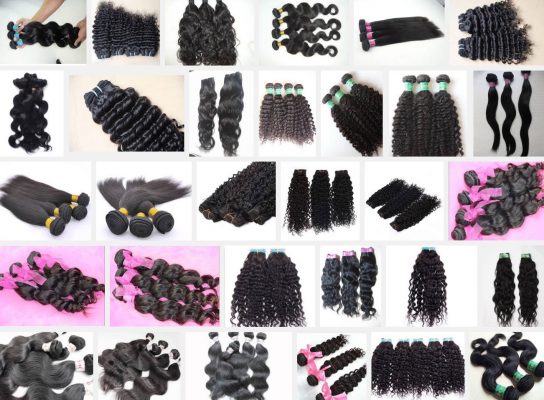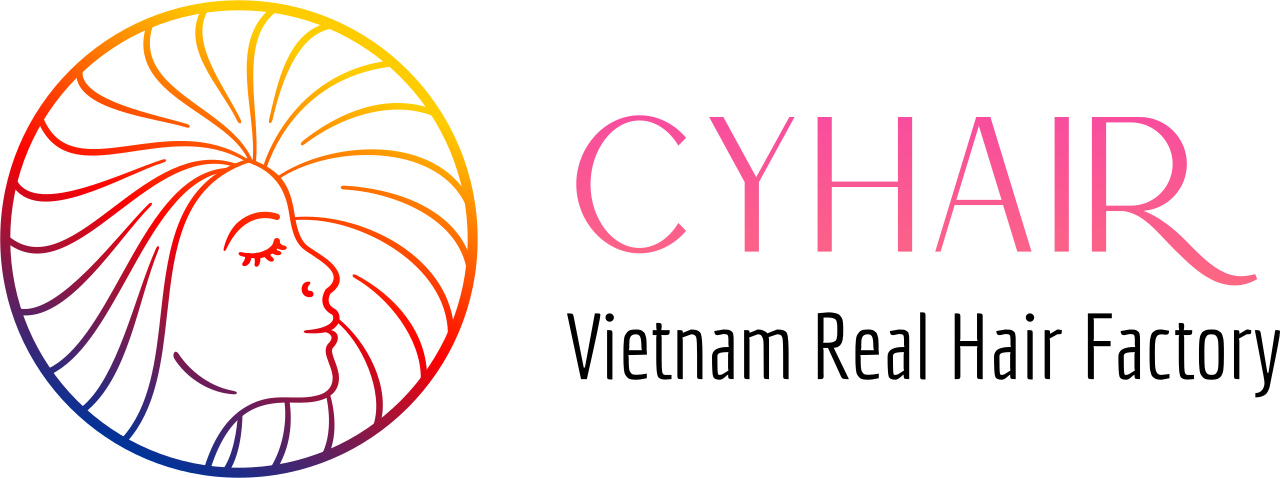Different Types of natural Hair Extensions and How to Pick the Right One
Main contents
Hair extensions are cutting-edge, trendy accessories that instantly add length and volume to your natural hair, transforming even the shortest strands into beautiful, rich tresses. However, because there are so many alternatives to select from and so many things to consider, picking the ideal one may be difficult. Furthermore, there is a significant price difference between the various types of natural hair extensions. Which is why you should have a good understanding of the quality, function, and cost. Refer to the advice below for a better knowledge of how to choose the proper hair extensions for your unique hair type.
What Are the Different Types of Natural Hair Extensions?

The Different Types of Natural Hair Extensions
What do clip-ins, tape-ins, weaves, pre-bonded, and micro-link mean? If you’re new to the world of hair extensions, there are so many different types of natural extensions and words that it might be intimidating. Although Hair Extensions are made entirely of 100% remy human hair, hair extensions are not confined to this kind. To clear up any misunderstandings, we’re going to break down the various sorts of extensions.
The following essay will clarify things for you and assist you in making the best decision for your hair. So settle in, tuck your hair behind your ears, and let’s get started.
Types of natural Hair Extensions and How to Pick the Right One
Tape-In Hair Extensions

Tape-In Hair Extensions
Tape-in hair extensions are made up of one-inch wide pre-taped hair wefts and thin taped wefts that are sandwiched between your natural hair. They are now the most popular form of hair extension procedure since they are secure and undetectable, resembling your own natural hair. Because the hair is reusable, this procedure is 100 percent natural and requires no chemicals or instruments. It has a three-month lifespan. Many individuals prefer clip-in hair extensions to tape-in hair extensions because they are more practical, easier to use, and adaptable.
When applying conditioners or hair treatments on tape-in hair extensions, be cautious because this might cause the tape to come loose or fall off. The hair just slides off tape-ins, which is a fairly frequent problem. To ensure the glue sticks to your hair, stylists normally recommend using a particular shampoo or conditioner as well as style products. They are less harsh and less greasy, because they’re made of human hair. You may style them whatever you like, but keep an eye out for the glue or tape at the roots.
Clip-in Hair Extensions

Clip-in Hair Extensions
Clip-in wefts, also known as clip-in hair extensions, are made up of a strand of shaped pieces that are held together by fabric or silicone at the base. This foundation comes equipped with ready-to-use clips. All you have to do is clip the pieces onto your own natural hair! It’s easy to open and close each clip.
Simply said, human hair extensions are incredibly low maintenance and just need to be cleaned after 15-20 wears or if they become problematic due to excessive product accumulation. Brush, wash, and condition the hair as you would your own hair, then let it air dry! Human hair clips in extensions may be styled in the same way as your own natural hair. They may be curled, straightened, and colored. However, when heat styling the hair, it is always recommended to use a lower heat setting and to use a heat protectant beforehand.
Microlink Hair Extensions

Microlink Hair Extensions
Micro-link extensions are comparable to bonds in that each extension is a tiny strand. But they are applied without the use of heat or chemicals (which makes them less damaging). To connect the extensions, little strands of hair are threaded through a “bead” and clamped shut. Micro-links mix perfectly with your natural hair and may be styled in the same way. As your hair grows out, you’ll need to adjust them.
Bonds Hair Extensions

Bonds Hair Extensions
Bond extensions are made out of thin strands rather than wefts, allowing your hair to move freely. A glue gun is used to apply each bond to a tiny strand of natural hair. Bonds are fantastic if you don’t want to go to the salon every few months. But they can be harsh to your natural hair, therefore they’re best for coarse hair.
Weave Hair Extensions

Weave Hair Extensions
Weave hair is applied by braiding natural hair into cornrows first. Then sewing the weave into the braid or cornrow with a needle and thread. Because of the method weave hair extensions are put, they are most commonly utilized by those with thicker hair. The weave application is, in general, a lengthy procedure. The tight application method exerts a pressure on the scalp and might feel heavy or painful, which is why it’s not recommended for thin or light hair.
In Conclusion
That’s all there is to it! We hope we’ve provided you with all of the details you need to make an education to make the greatest selection for you, your hair type, and your hair goals when it comes to hair extensions. We’d also want to hear about your hair extension experiences—email us at leeanh@cyhair.vn
+ Whatsapp: +84387751243
+ Email: leeanh@cyhair.vn

